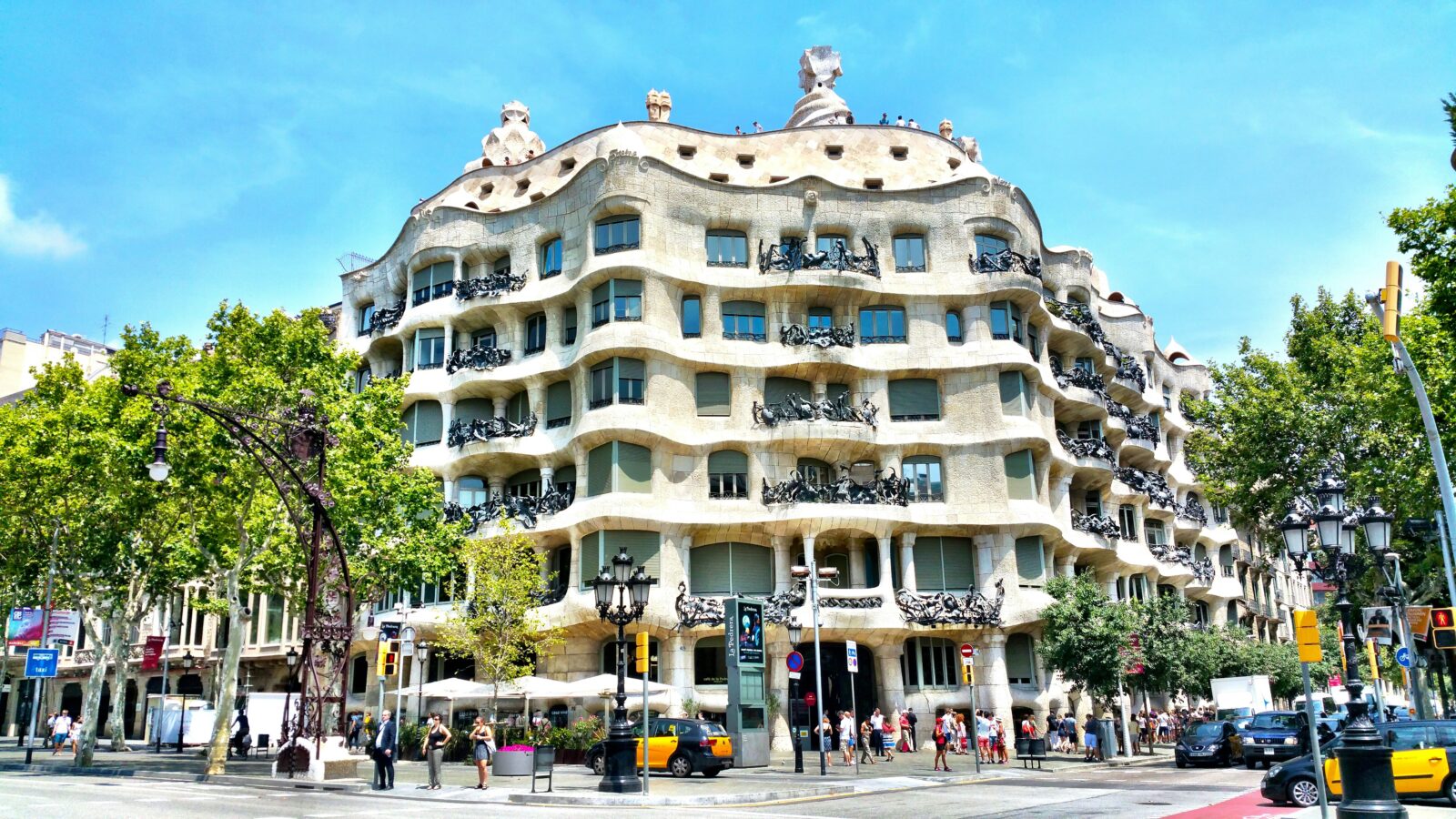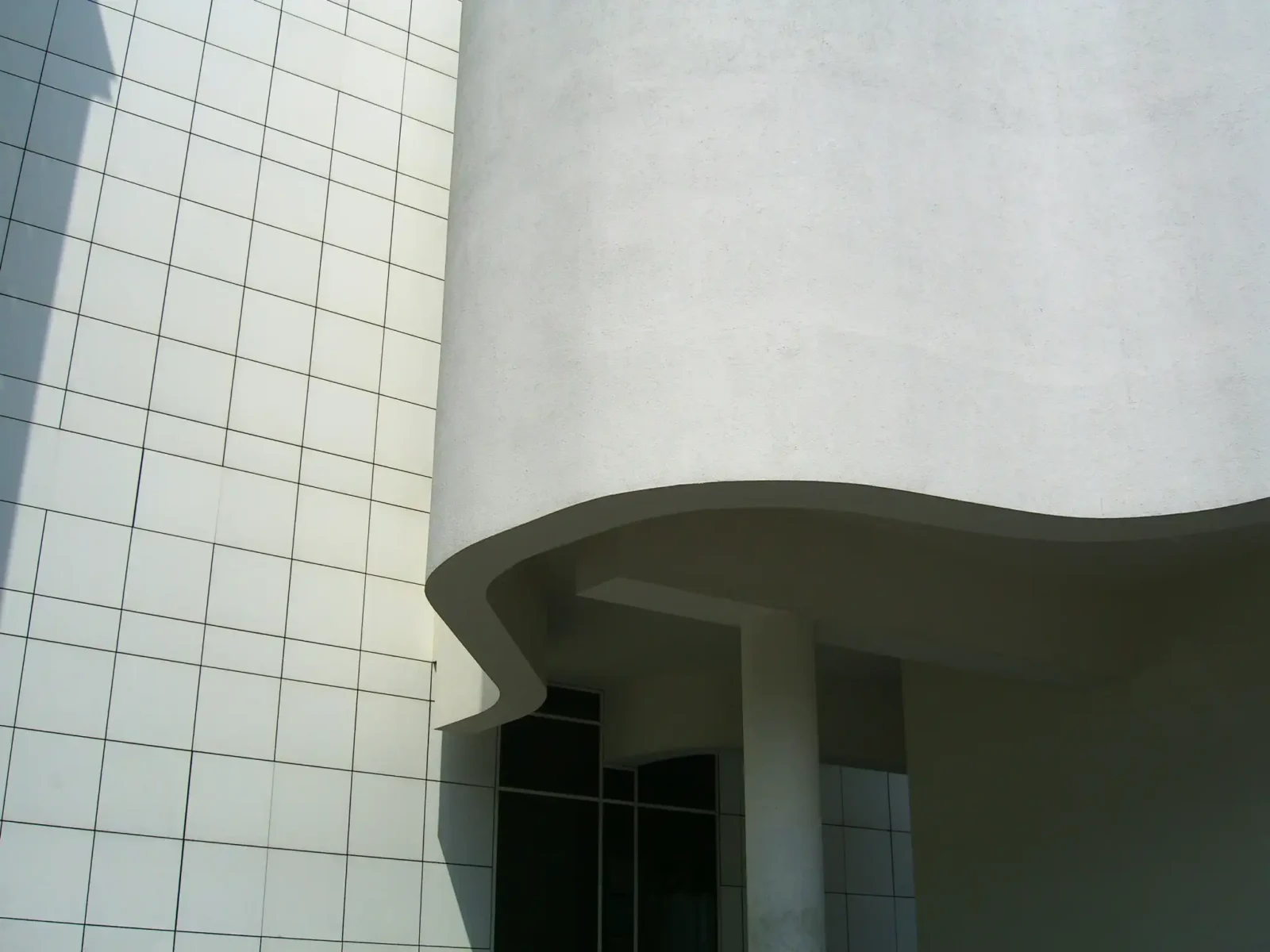- Home
- Articles
- Architectural Portfolio
- Architectral Presentation
- Inspirational Stories
- Architecture News
- Visualization
- BIM Industry
- Facade Design
- Parametric Design
- Career
- Landscape Architecture
- Construction
- Artificial Intelligence
- Sketching
- Design Softwares
- Diagrams
- Writing
- Architectural Tips
- Sustainability
- Courses
- Concept
- Technology
- History & Heritage
- Future of Architecture
- Guides & How-To
- Art & Culture
- Projects
- Interior Design
- Competitions
- Jobs
- Store
- Tools
- More
- Home
- Articles
- Architectural Portfolio
- Architectral Presentation
- Inspirational Stories
- Architecture News
- Visualization
- BIM Industry
- Facade Design
- Parametric Design
- Career
- Landscape Architecture
- Construction
- Artificial Intelligence
- Sketching
- Design Softwares
- Diagrams
- Writing
- Architectural Tips
- Sustainability
- Courses
- Concept
- Technology
- History & Heritage
- Future of Architecture
- Guides & How-To
- Art & Culture
- Projects
- Interior Design
- Competitions
- Jobs
- Store
- Tools
- More
Exploring the Synergy of Architecture and Graphic Design: Transforming Spaces Together
Explore the intricate relationship between architecture and graphic design in our latest article. Discover how these two disciplines unite to shape our environments, enhance user experiences, and communicate building identities. Delve into historical evolution, influential figures, and contemporary trends like sustainability and digital innovation.

Architecture and graphic design are more intertwined than we often realize. Both disciplines shape our environments and influence how we experience the world around us. As we navigate through cities and spaces, we encounter a seamless blend of structural forms and visual elements that tell a story, evoke emotions, and guide our interactions.
By exploring the synergy between architecture and graphic design, we uncover the principles that drive their collaboration. From signage that enhances wayfinding to branding that reflects a building’s identity, these fields work together to create cohesive experiences. Join us as we delve into the fascinating intersection of these creative realms and discover how they transform spaces and perceptions alike.

Table of Contents
ToggleFusion of Architecture and Graphic Design
Architecture and graphic design interplay significantly, shaping our experiences and the environments we inhabit. Understanding their relationship enhances our appreciation of design as a cohesive art form.

Importance of Integration
Integrating architecture and graphic design creates a harmonious user experience. Unified elements like signage, branding, and visual aesthetics guide individuals through spaces, making navigation intuitive and enjoyable. Thoughtful integration fosters a strong identity for buildings, reflecting their purpose and enhancing their functions. For example, cohesive design across wayfinding systems and architectural styles promotes clarity and reinforces brand messages in commercial environments.
Key Differences and Overlaps
Architecture focuses on the physical structures and spatial arrangements, while graphic design emphasizes visual communication and aesthetics. Architects create functional spaces that consider safety and materials, whereas graphic designers develop visuals that convey messages and evoke emotions. Despite their differences, both fields overlap in areas such as branding and environmental graphics. Effective collaboration ensures that building identities are visually communicated through design elements, reinforcing the user experience and enhancing the overall ambiance.
Historical Background
The historical development of architecture and graphic design reflects their intertwined nature, marking significant milestones through various eras. Understanding this evolution offers insight into how both disciplines shape contemporary environments and experiences.

Evolution of Architectural Styles
Architectural styles evolve based on cultural, technological, and environmental factors. Ancient civilizations, such as the Egyptians and Greeks, established foundational principles through monumental structures, emphasizing symmetry and proportion. The Gothic period introduced verticality and intricate details, showcasing innovation in engineering.
The Renaissance sparked a revival of classical elements, merging art with architecture, while the Industrial Revolution brought about new materials and methods, leading to modernist movements. Contemporary architecture, characterized by sustainability and minimalism, merges with digital design processes, reflecting our current societal values. Each style influences spatial experiences, demonstrating how architectural choices affect our daily lives.
Development of Graphic Design
Graphic design’s evolution parallels advancements in technology and communication. Early forms, like illuminated manuscripts and printed materials, laid the groundwork for visual storytelling. The advent of the printing press in the 15th century marked a significant turning point, allowing for mass communication.
The 20th century introduced modernism, where designers embraced simplicity and functionality in their work. This era saw the rise of iconic design movements, such as Bauhaus and Swiss typography. In recent decades, digital technology has revolutionized graphic design, enabling faster production and greater accessibility. Today, graphic design plays a vital role in branding and environmental graphics, reinforcing visual identity and enhancing user experiences in architecture.
Influential Figures in the Field
Influential figures in architecture and graphic design have shaped the way we experience spaces. Their innovative approaches and ideas continue to inspire current and future professionals in both fields.

Key Architects
- Frank Lloyd Wright
Frank Lloyd Wright redefined architecture with his philosophy of organic architecture, emphasizing harmony between structures and their environments. His designs, like Fallingwater, blend nature and built forms seamlessly.
- Le Corbusier
Le Corbusier’s modernist principles revolutionized urban planning. He focused on functionality and minimalism, influencing residential and commercial designs worldwide.
- Zaha Hadid
Zaha Hadid broke barriers in architecture with her futuristic, fluid forms. Her approach combines technology and design, creating iconic structures like the Guangzhou Opera House.
- Mies van der Rohe
Mies van der Rohe’s motto “less is more” exemplified minimalism in architecture. His work on high-rise buildings emphasized open spaces and structural honesty, impacting modern skyscraper design.
- Tadao Ando
Tadao Ando is renowned for his mastery of raw concrete and natural light. His designs, like the Church of the Light, demonstrate the power of simplicity and spiritual space in architecture.
Prominent Graphic Designers
- Paul Rand
Paul Rand pioneered corporate branding with his iconic logo designs for companies like IBM and ABC. His emphasis on simplicity and symbolism transformed the approach to graphic identity.
- Massimo Vignelli
Massimo Vignelli embraced modernist design principles, creating timeless works in typography and signage. His role in redesigning the NYC subway system illustrates his commitment to clear communication.
- Saul Bass
Saul Bass revolutionized film graphics with his iconic title sequences and posters. His ability to convey a film’s essence visually set a new standard in graphic storytelling.
- David Carson
David Carson challenged traditional design norms with his experimental typography and layout styles. His work on magazines like Ray Gun pushed the boundaries of visual communication.
- Stefan Sagmeister
Stefan Sagmeister is known for his provocative and often playful design approaches. His work emphasizes the emotional connection that graphic design can create through unique visual narratives.
Contemporary Trends
Architecture and graphic design continually evolve, reflecting current societal values and technological advancements. Today’s focus on sustainability and digital innovation reshapes how we design spaces and communicate visually.

Sustainable Design Practices
Sustainable design practices integrate eco-friendly materials and energy-efficient solutions into architecture and graphic design. We see a shift towards using renewable resources and minimizing waste. Designers emphasize natural lighting, green roofs, and passive heating and cooling systems to enhance building efficiency while promoting environmental responsibility. Moreover, graphic design increasingly incorporates sustainable printing methods and recyclable materials, aligning branding with eco-conscious values. Such practices not only reduce ecological footprints but also resonate with a growing demographic that prioritizes sustainability.
Digital Innovations
Digital innovations revolutionize both architecture and graphic design. Software like Building Information Modeling (BIM) allows architects to create precise digital representations of structures, streamlining the design process. Virtual reality (VR) and augmented reality (AR) enhance client presentations, enabling immersive experiences that redefine how we visualize spaces. In graphic design, digital tools and platforms facilitate the rapid creation and distribution of visual content. We benefit from advanced typography, motion graphics, and responsive web design, which ensure cohesive branding across multiple mediums. Digital technologies promote collaboration between architects and designers, making project execution more efficient and responsive to contemporary needs.
Case Studies
We explore several projects that exemplify the collaboration between architecture and graphic design. These case studies illustrate how integrated approaches enhance both functionality and aesthetics.

Successful Projects Combining Both Fields
- The High Line, New York City
This elevated park transformed a disused railway into a vibrant public space. Architects used landscaping and seating arrangements, while graphic designers created wayfinding signage that blends seamlessly with the environment.
- The Barcelona Pavilion, Spain
Mies van der Rohe’s iconic structure employs minimalist forms and materials. Graphic designers complemented the architecture by producing promotional materials and exhibitions that highlight the building’s elegant simplicity and spatial flow.
- Carleton College’s Weitz Center for Creativity, Minnesota
Architectural elements promote collaboration and creativity within this center. Designers crafted visual identities that reflect the mission and values of the college, integrating dynamic signage and branding throughout the facility.
Analysis of Iconic Works
- Guggenheim Museum, Bilbao
Frank Gehry’s design features flowing forms that challenge conventional architectural aesthetics. Graphic design elements, such as the museum’s logo and marketing materials, enhance its identity and engage visitors, reinforcing a cohesive experience.
- Apple Park, Cupertino
Apple’s campus embodies cutting-edge architecture with its circular design and green spaces. Graphic design unifies the campus through consistent branding in signage and interior graphics that enhance functionality while reflecting the brand’s commitment to innovation.
- Millennium Park, Chicago
This park showcases a variety of architectural styles and public artworks. Collaborative graphic designs, including interactive signage and promotional materials, enrich the visitor experience, providing information and promoting community engagement.
Conclusion
Architecture and graphic design interact dynamically, shaping the way we experience our surroundings. The integration of these fields fosters intuitive navigation and enhances building identities, creating environments that resonate with their users. Collaborations between architects and designers produce cohesive visual narratives, ensuring that aesthetic elements and functional designs align seamlessly.
We recognize the historical evolution of architecture and graphic design as foundational in understanding their contemporary applications. By acknowledging the contributions of influential figures and iconic projects, we see how these disciplines maintain relevance and respond to societal needs.
Sustainability remains a crucial focus, with both architecture and graphic design adapting to incorporate eco-friendly practices. Through innovative materials and sustainable methods, professionals in both fields blend design with environmental consideration.
Digital technology transforms how we approach design, equipping us with tools that enhance communication and streamline processes. The rise of digital platforms accelerates content creation and cohesiveness across branding efforts, reinforcing the critical relationship between architecture and graphic design in today’s world.
Examining case studies shows the tangible impact of collaborative efforts, revealing how integrated designs create engaging and functional spaces. Projects like the High Line and Apple Park serve as benchmarks, exemplifying how architecture and graphic design come together to enrich user experiences. Together, we forge pathways that shape our present and influence future design iterations.
- Architectural Visualization
- architecture and digital design
- architecture and graphic design
- branding in architecture
- design communication
- environmental graphic design
- experiential design
- graphic design in architecture
- integrating graphics in architecture
- signage and architecture
- spatial design
- synergy of architecture and graphic design
- transforming spaces with graphics
- visual identity in architecture
- wayfinding design
I create and manage digital content for architecture-focused platforms, specializing in blog writing, short-form video editing, visual content production, and social media coordination. With a strong background in project and team management, I bring structure and creativity to every stage of content production. My skills in marketing, visual design, and strategic planning enable me to deliver impactful, brand-aligned results.
1 Comment
Submit your architectural projects
Follow these steps for submission your project. Submission FormLatest Posts
The Ultimate Guide to Fencing in North Dakota: Choosing the Best Fence for Your Property
Watching a chain link fence twist in 70 mph winds near Minot...
Gaudí: Where Architecture Meets Science
Gaudí: Where Architecture Meets Science shows catenary arches, ruled surfaces, and biomimicry...
How Housing Market Forces Shape Architectural Design Today
Architecture never exists in isolation. Buildings rise from a mix of ambition,...
Why Portable Formaldehyde Gas Detectors Matter on Construction Sites
As construction practices shift toward more enclosed and material-intensive environments, the risk...












hmm that’s good